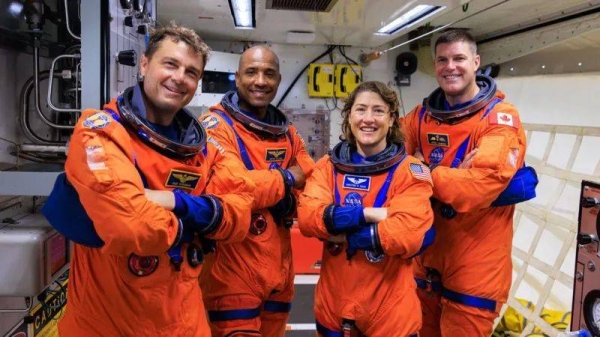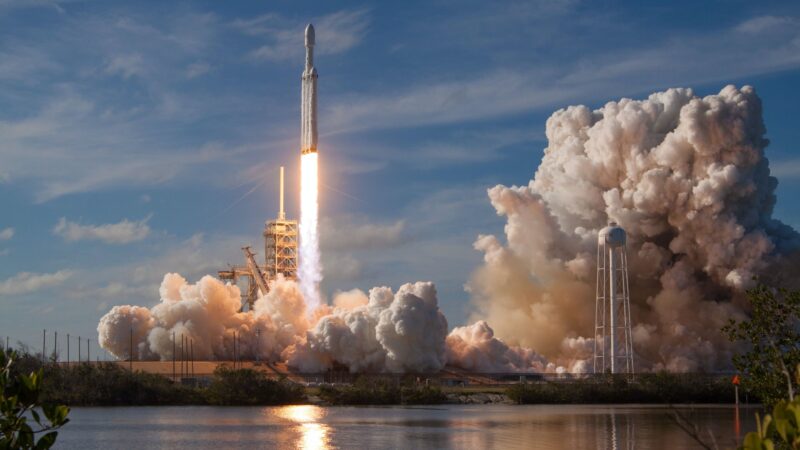Strongest Evidence Yet: Signs of Life Found on Distant Planet K2-18b

Scientists at the University of Cambridge have discovered the most compelling indication to date that life may exist beyond Earth. Using NASA’s James Webb Space Telescope (JWST), researchers detected possible signs of life in the atmosphere of K2-18b, an exoplanet located 124 light years away in the constellation Leo.
K2-18b, over twice the size of Earth, orbits a small red dwarf star and may harbor a vast ocean. The JWST detected chemical signatures—dimethyl sulphide (DMS) and dimethyl disulphide (DMDS)—gases that on Earth are produced exclusively by living organisms such as marine phytoplankton.
A Breakthrough in the Search for Life
Professor Nikku Madhusudhan, who led the research at Cambridge’s Institute of Astronomy, says the findings represent the “strongest evidence yet” of extraterrestrial life. He estimates that further observations could confirm the results within one to two years. The detected levels of the gases are estimated to be thousands of times higher than on Earth, suggesting that, if life is indeed present, it may be thriving.
“If we confirm that there is life on K2-18b, it would suggest life is common throughout the galaxy,” Prof Madhusudhan said.
The team emphasizes, however, that the evidence is not yet conclusive. The current detection stands at a three-sigma confidence level—about 99.7% certainty. In science, a five-sigma threshold (99.99999% certainty) is typically required to claim a discovery.
A Cautious Scientific Community
While the findings have excited astronomers, experts urge caution. Professor Catherine Heymans, Scotland’s Astronomer Royal, noted that even with perfect data, determining the biological origin of these gases is challenging. “Strange geological processes may also produce similar molecules,” she said.
The Cambridge team is collaborating with other researchers to explore non-biological pathways that might produce DMS and DMDS, reinforcing the cautious but optimistic tone of their discovery.
The Debate Over K2-18b’s Nature
There’s an ongoing scientific debate about the planet’s structure. Some suggest the absence of ammonia in the atmosphere points to a massive ocean absorbing the gas. Others, like Prof Oliver Shorttle of Cambridge, argue it could be a molten rocky planet, while Dr Nicolas Wogan at NASA proposes it’s a mini gas giant with no surface.
These competing theories highlight how difficult it is to interpret exoplanetary data, derived solely from faint light signatures filtered through distant atmospheres.
A Potential Turning Point
Despite the uncertainty, many see the research as a historic step in humanity’s quest to discover extraterrestrial life. “Decades from now, we may look back at this point in time and recognise it as when the living universe came within reach,” said Prof Madhusudhan.
The study has been published in The Astrophysical Journal Letters, and follow-up observations with JWST are expected to refine the data and perhaps confirm whether we are truly not alone in the universe.






